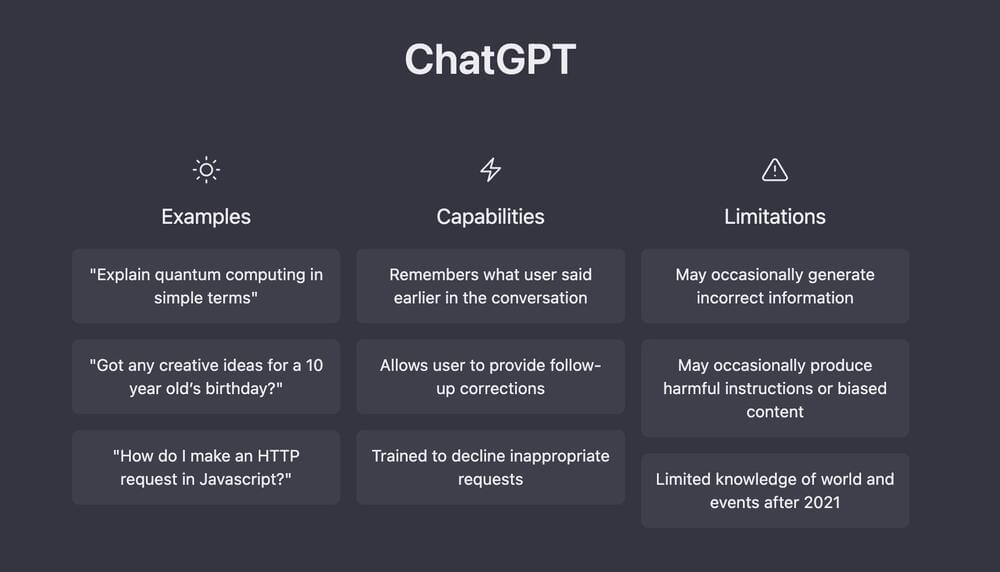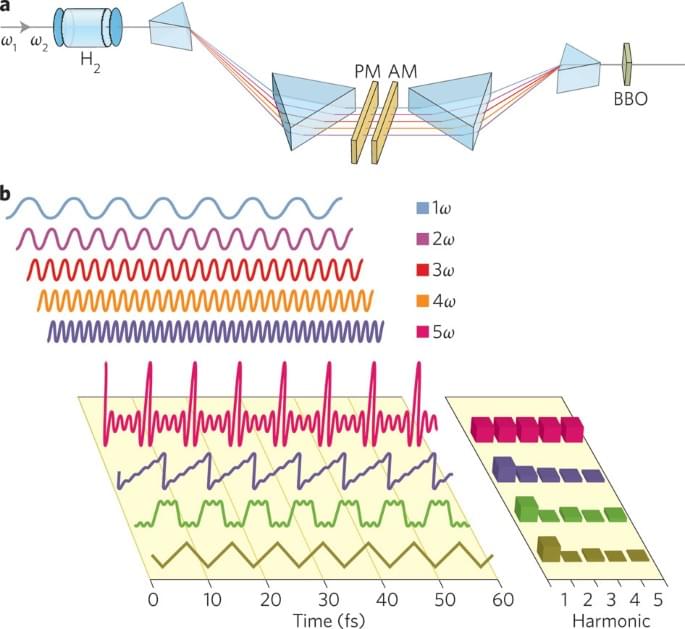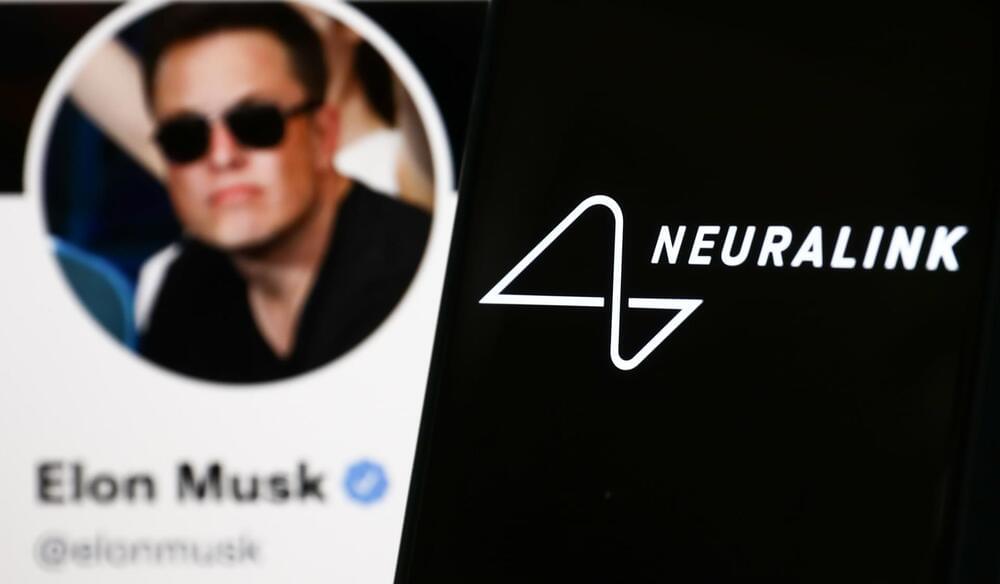ChatGPT wants to answer your queries, even if it doesn’t know the answer.



Year 2011 face_with_colon_three
Ultrafast science has begun to tackle the measurement of electronic and chemical processes taking place on the few-femtosecond-to-attosecond timescale. This field requires high-power, extremely short-duration laser pulses. Here we review progress towards the generation of such pulses by Raman scattering in a medium whose component molecules oscillate in phase, which modulates the optical polarizability of the medium and generates high-order Raman sidebands on a field propagating through it. This process may occur with high efficiency and thus lead to sufficient bandwidth for supporting few-femtosecond to attosecond pulses. Significant progress has recently been made in the use of this technique to deliver useable ultrashort pulses in the visible to ultraviolet regions of the spectrum.



The researchers discovered a mutation in the thrombospondin-1 (THBS1) gene in three ethnically and geographically diverse families with a history of childhood glaucoma using advanced genome-sequencing technology. The researchers then confirmed their findings in a mouse model that had the genetic mutation and developed glaucoma symptoms due to a previously unknown disease mechanism.
ALSO READ: Check out these easy eye care tips to keep your eyes healthy as you age
This increase in pressure not only damages the optic nerve but can also affect other structures in a child’s eye like the cornea. Children with childhood glaucoma typically require surgeries as early as the first three to six months of life, followed by several more operations throughout their childhood.
Game-playing artificial intelligence (AI) systems have advanced to a new frontier. Stratego, the classic board game that’s more complex than chess and Go, and craftier than poker, has now been mastered. Published in Science, we present DeepNash, an AI agent that learned the game from scratch to a human expert level by playing against itself.
DeepNash uses a novel approach, based on game theory and model-free deep reinforcement learning. Its play style converges to a Nash equilibrium, which means its play is very hard for an opponent to exploit. So hard, in fact, that DeepNash has reached an all-time top-three ranking among human experts on the world’s biggest online Stratego platform, Gravon.
Board games have historically been a measure of progress in the field of AI, allowing us to study how humans and machines develop and execute strategies in a controlled environment. Unlike chess and Go, Stratego is a game of imperfect information: players cannot directly observe the identities of their opponent’s pieces.

Machine learning has increased considerably in several areas due to its performance in recent years. Thanks to modern computers’ computing capacity and graphics cards, deep learning has made it possible to achieve results that sometimes exceed those experts give. However, its use in sensitive areas such as medicine or finance causes confidentiality issues. A formal privacy guarantee called differential privacy (DP) prohibits adversaries with access to machine learning models from obtaining data on specific training points. The most common training approach for differential privacy in image recognition is differential private stochastic gradient descent (DPSGD). However, the deployment of differential privacy is limited by the performance deterioration caused by current DPSGD systems.
The existing methods for differentially private deep learning still need to operate better since that, in the stochastic gradient descent process, these techniques allow all model updates regardless of whether the corresponding objective function values get better. In some model updates, adding noise to the gradients might worsen the objective function values, especially when convergence is imminent. The resulting models get worse as a result of these effects. The optimization target degrades, and the privacy budget is wasted. To address this problem, a research team from Shanghai University in China suggests a simulated annealing-based differentially private stochastic gradient descent (SA-DPSGD) approach that accepts a candidate update with a probability that depends on the quality of the update and the number of iterations.
Concretely, the model update is accepted if it gives a better objective function value. Otherwise, the update is rejected with a certain probability. To prevent settling into a local optimum, the authors suggest using probabilistic rejections rather than deterministic ones and limiting the number of continuous rejections. Therefore, the simulated annealing algorithm is used to select model updates with probability during the stochastic gradient descent process.
The space firm has already built the most powerful electric propulsion engine in Europe.
Nuclear fusion-powered rockets might be nearer than you think. UK rocket company Pulsar Fusion has been awarded funding from the UK Space Agency to help it develop “integrated nuclear fission-based power systems for electric propulsion”, a press statement shared with IE via email reveals.
They will collaborate with the Universities of Cambridge and Southampton, as well as Nuclear AMRC to make their vision of green rocket technology, in the form of fusion propulsion, a reality. Fusion / YouTube.

The private space firm fired up 11 of Booster 7’s 33 next-generation Raptor engines.
SpaceX is making steady progress towards the orbital maiden test flight of its massive Mars-bound Starship rocket. The private space firm conducted a “static fire” test on Tuesday (Nov .29), at its South Texas facility. It ignited a total of 11 of 33 next-gen Raptor engines on its Starship first-stage Super Heavy prototype, Booster 7.
The static fire engine test started at 2:42 pm EST (19:42 GMT) and lasted for 13 seconds. On Twitter, SpaceX shared an image and wrote, “Booster 7 completed a long-duration static fire test of 11 Raptor 2 engines on the orbital launch pad at Starbase.”
SpaceX / Twitter.
The private space firm conducted a “static fire” test on Tuesday (Nov .29), at its South Texas facility. It ignited a total of 11 of 33 next-gen Raptor engines on its Starship first-stage Super Heavy prototype, Booster 7.

Elon Musk is trying to help the paralyzed to move again, through electrodes in the cerebral cortex.
Neuralink, the strange and somewhat vague brainchild of Elon Musk, held an event Wednesday that the CEO of Tesla, SpaceX and Twitter called a “show and tell.” And show and tell it did — as a monkey welcomed the audience by typing a message through a brain-computer interface.
Neuralink’s product records action potentials of neurons in the brain. This is done by placing an electrode close enough to the synapse of two neurons in the brain and taking a recording of its electrical impulse.